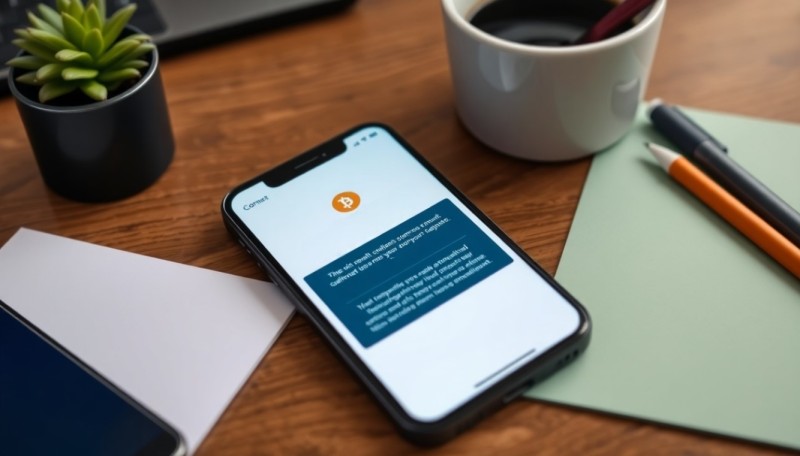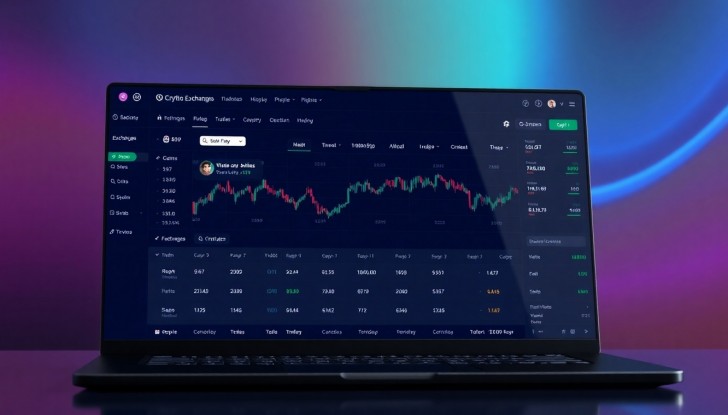DEXs operate 24/7 with transparent on-chain verification, making them increasingly popular among traders looking to swap crypto on ChangeNow and similar platforms. This guide provides clear instructions for executing your first DEX transaction efficiently.
Essential prerequisites for DEX trading
Before diving into crypto swapping, ensure you have these fundamentals in place. You'll need a compatible cryptocurrency wallet that supports web3 connections – MetaMask and Trust Wallet are among the most widely utilized options. Additionally, you should possess basic knowledge about blockchain networks and their associated fees.
Gas fees vary dramatically between networks: Ethereum typically charges the highest fees, while alternatives like Polygon, Binance Smart Chain, and Avalanche offer more cost-effective options for beginners. Always maintain a small reserve of the network's native token to cover these transaction costs.
Step 1: Choosing the right DEX platform
Selecting an appropriate decentralized exchange is your first critical decision. Several factors should guide your choice, including trading volume, available token pairs, user interface simplicity, and security history. Established platforms like Uniswap, SushiSwap, and PancakeSwap dominate the market with proven security records and substantial liquidity.
Each platform operates on specific blockchain networks – Uniswap primarily on Ethereum, PancakeSwap on Binance Smart Chain, and others like Trader Joe on Avalanche. Your selection should align with the tokens you wish to trade and the network fees you're willing to pay. According to Blockchain Transparency Institute, platforms with higher liquidity typically offer better exchange rates and reduced slippage, making them preferable for larger transactions.
Step 2: Setting up and connecting your wallet
Setting up a cryptocurrency wallet requires careful attention to security details. For new users, browser-based options like MetaMask provide an accessible entry point. During installation, you'll create a new wallet and receive a seed phrase – typically 12 or 24 words that function as your master key.
Store this phrase in physical form, away from digital devices. Never share it online or with anyone requesting it, as legitimate platforms will never ask for this information.
Once installed, connecting your wallet to a DEX involves:
- Navigating to the DEX website
- Locating the "Connect Wallet" button (usually in the top-right corner)
- Selecting your wallet provider from the options
- Confirming the connection request in your wallet
After connection, your wallet address and available balances should appear on the DEX interface.
Step 3: Funding your wallet with crypto
Before executing swaps, you need tradable assets in your wallet. If you're starting from fiat currency (USD, EUR, etc.), purchase a widely-accepted cryptocurrency from a reputable exchange that allows withdrawals to external wallets. For beginners interested in building a solid foundation, consider exploring how to build your Bitcoin portfolio online as Bitcoin often serves as a gateway to other cryptocurrencies. Ethereum (ETH), Binance Coin (BNB), or other network-native tokens are ideal starting points.
When transferring assets to your wallet, verify the following critical details:
- Correct blockchain network selection
- Exact wallet address (check multiple times)
- Sufficient funds to cover both the transfer and future gas fees
Transfers typically complete within minutes, though times vary by network congestion. Once funds arrive, verify your balance in your wallet before proceeding to the exchange interface. Always start with small test transactions before moving larger amounts.

Step 4: Executing your first swap
With your wallet connected and funded, you're ready to execute a swap. Navigate to the "Swap" section of your chosen DEX interface. The process follows a consistent pattern across most platforms:
- Select the token you wish to trade from the dropdown menu
- Choose the token you want to receive
- Enter the amount you wish to swap
- Review the estimated exchange rate and output amount
Pay close attention to slippage tolerance settings – typically defaulted at 0.5-1%. For less liquid pairs, you may need to increase this to 2-3%, but higher values increase vulnerability to front-running.
According to DeFi Pulse, setting appropriate gas fees is equally important. During network congestion, higher gas fees ensure faster transaction processing. After reviewing all parameters, click "Swap" and confirm the transaction in your wallet interface. Your wallet will display the transaction status until completion.
Step 5: Managing after-swap considerations
Once your swap is executed, verify the transaction success through your wallet's activity section or using a blockchain explorer. If your received tokens don't automatically appear in your wallet, you'll need to add them manually:
- Find the token's contract address from a reliable source like CoinMarketCap
- In your wallet, select "Add Token" or "Import Token"
- Enter the contract address and confirm
For security purposes, regularly review connected applications in your wallet settings and disconnect from platforms you no longer use. Consider transferring significant holdings to cold storage solutions for enhanced protection. Keep transaction records for tax purposes, as most jurisdictions require reporting of cryptocurrency exchanges, even those conducted on decentralized platforms.
Troubleshooting common DEX swap issues
Even experienced users encounter occasional difficulties when swapping on DEXs. If your transaction fails, examine the error message carefully. Common issues include:
- Insufficient gas fees: Try increasing your gas price
- High slippage: For less liquid pairs, increase slippage tolerance slightly
- Price impact too high: Consider breaking large trades into smaller transactions
- Expired deadline: Simply resubmit your transaction
For pending transactions that remain unconfirmed, you can "speed up" or "cancel" them from your wallet interface by paying additional gas fees. During extreme network congestion, patience is sometimes the most cost-effective approach.
Conclusion
Mastering DEX swapping opens up a world of cryptocurrency trading possibilities. By following these structured steps and maintaining vigilant security practices, you can confidently navigate decentralized exchanges and take advantage of their unique benefits in your crypto journey.
 Editorial staff
Editorial staff

 Editorial staff
Editorial staff


